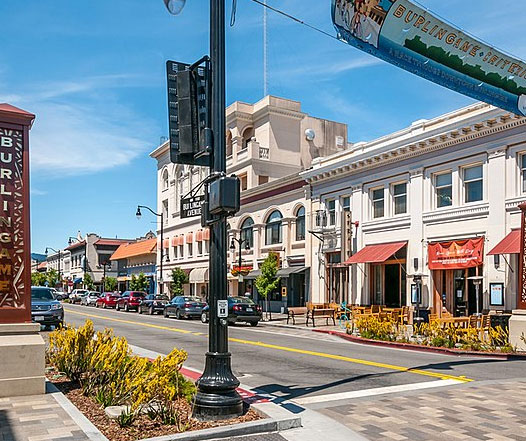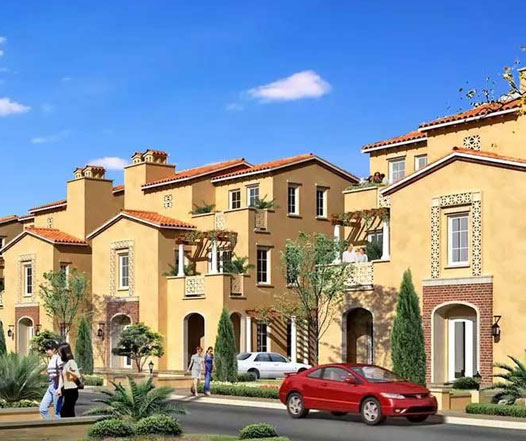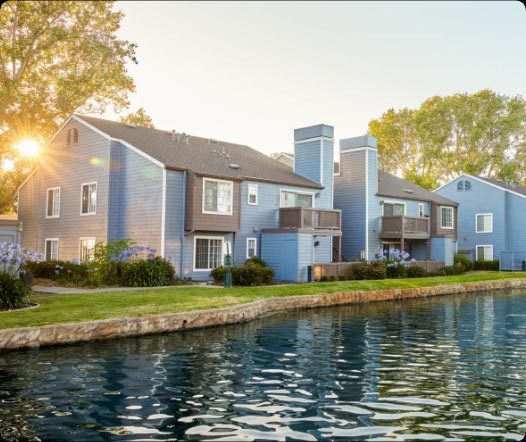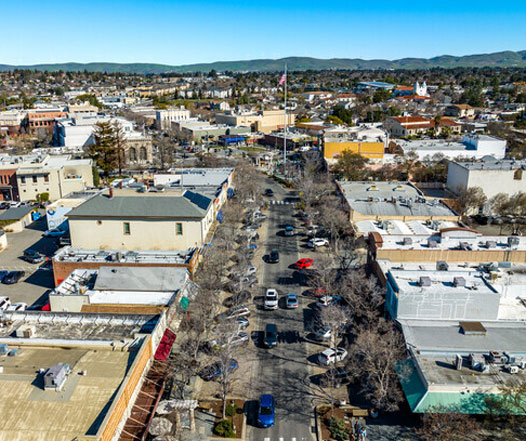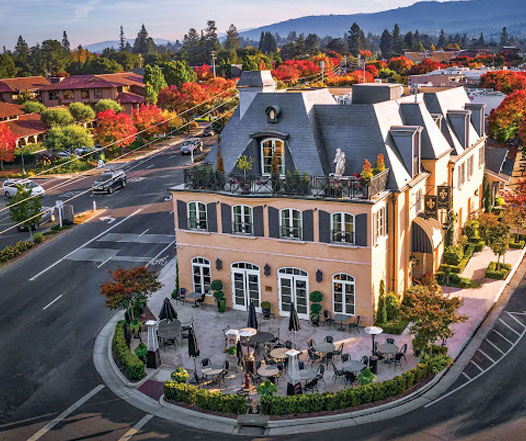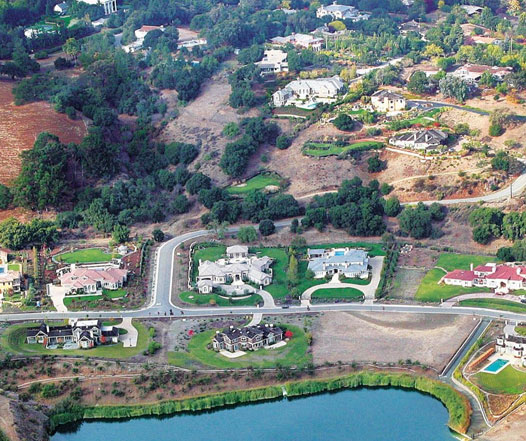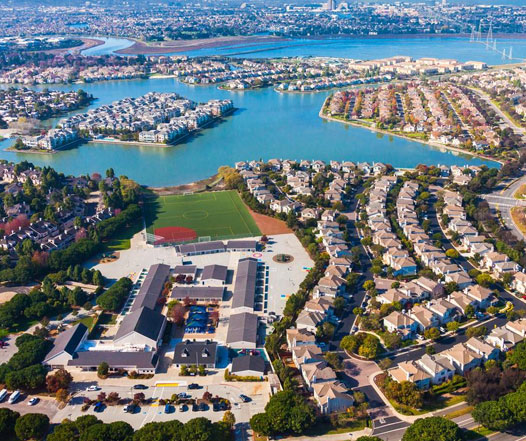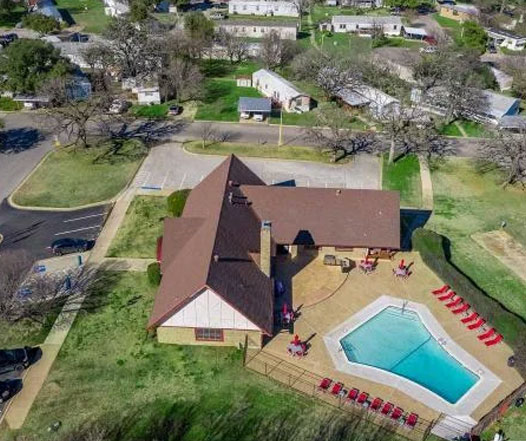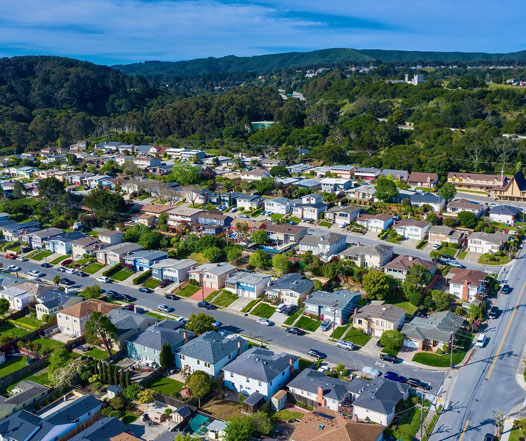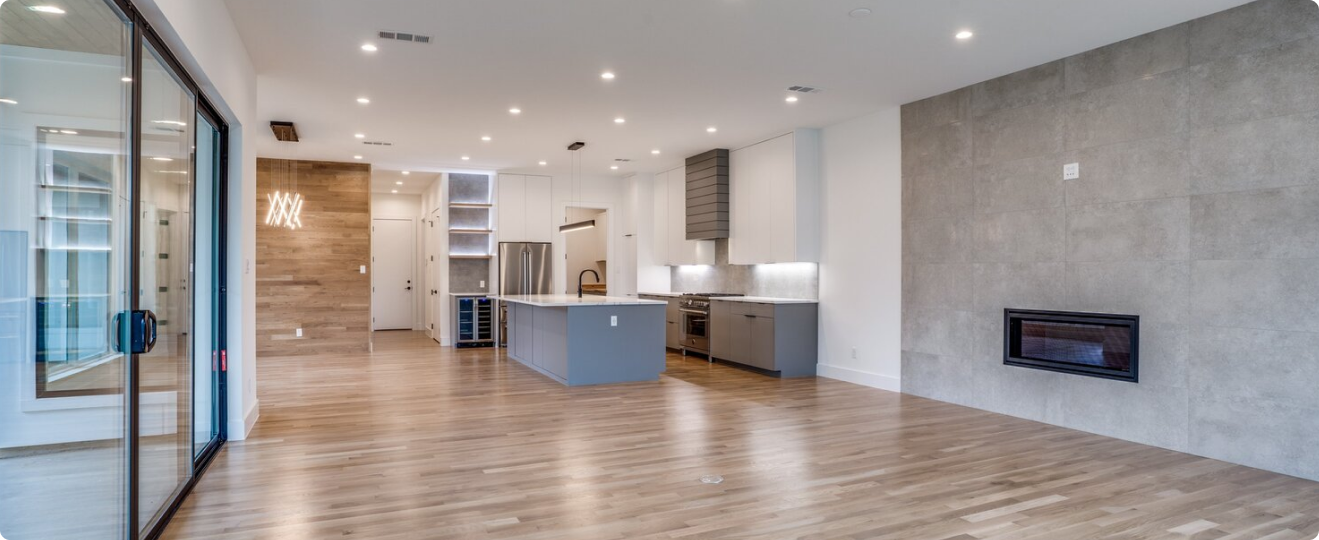
Introduction
Hayward, a vibrant city in the San Francisco Bay Area, has developed a comprehensive set of rules and regulations for Accessory Dwelling Units (ADUs). These regulations are designed to balance the need for additional housing with maintaining neighborhood character. By adhering to these guidelines, homeowners can create valuable living spaces that contribute to the community’s growth. ADU Specialist Bay Area is here to guide you through every step of the process, ensuring that your ADU project complies with Hayward’s regulations and meets your specific needs.
Essential ADU Rules for Hayward
What you can build
Maximum size
ADUs can be up to 1,200 square feet.
Side / rear setbacks
Minimum of 4 feet required.
Two stories
Allowed with height restrictions.
Building separation
Must be at least 10 feet apart from main dwelling.
Permitting timeline
Standard
Permits typically processed within 60 days.
Coastal
Specific regulations apply, check local guidelines.
Zoning Regulations in Hayward
Hayward’s zoning regulations for ADUs are designed to ensure compatibility with existing neighborhoods. These rules govern the placement, size, and design of ADUs to maintain the character and quality of residential areas.
ADU Size Limitations
| Lot Size | Single-Family (Maximum Floor Area Allowed) | Duplex and Multi-Family (Maximum Floor Area Allowed) |
| Under 7000 | 700 sq ft | Not permitted |
| 7000 - 9999 | 800 sq ft | 1 ADU + 400 sq ft per existing unit (up to 1000 sq ft max) |
| 10000 - 12999 | 900 sq ft | 1 ADU + 450 sq ft per existing unit (up to 1000 sq ft max) |
| 13000 - 19999 | 1000 sq ft | 1 ADU + 500 sq ft per existing unit (up to 1000 sq ft max) |
| 20000+ | 1000 sq ft | 1 ADU + 550 sq ft per existing unit (up to 1000 sq ft max) |
ADU Height Limitations
Hayward allows ADUs to be up to 16 feet in height. However, for two-story ADUs, height restrictions and design guidelines must be followed to ensure compatibility with surrounding structures.
Building coverage
ADUs must comply with the maximum building coverage limits for their respective zoning districts, ensuring that the lot is not overbuilt.
Location
| Property Type | Location Requirement |
| Single-Family Homes | Attached ADUs: Must share a wall with the main dwelling. |
| Detached ADUs: Must be at least 5 feet from main dwelling. | |
| Junior ADUs (JADUs): Must be within the main dwelling. | |
| Duplex and Multifamily | Attached ADUs: Allowed within existing structure. |
| Detached ADUs: Must be within 10 feet of main dwelling. |
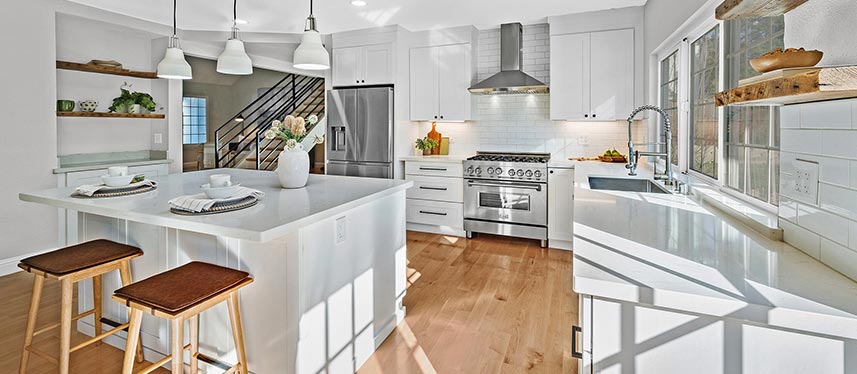
Exterior details
ADUs in Hayward must match the architectural style and exterior materials of the primary residence, ensuring visual harmony within the neighborhood.

Parking
Parking requirements for ADUs include providing one additional parking space per unit, which can be accommodated through various configurations such as tandem parking or setback areas.
Setbacks and buffer zones
ADUs must comply with a minimum setback of 4 feet from side and rear property lines. Buffer zones may also apply to protect privacy and maintain space between neighboring properties.
Minimum Lot Area
| Lot Size | Minimum Lot Area for ADU | Description |
| Under 7000 | ADUs not permitted | Lots smaller than 7000 sq ft are excluded. |
| 7000 - 9999 | 7000 sq ft | Only permitted on lots of 7000 sq ft or more. |
| 10000 - 12999 | 10000 sq ft | Must have at least 10000 sq ft. |
| 13000 - 19999 | 13000 sq ft | At least 13000 sq ft required. |
| 20000+ | No minimum lot area requirement | No size restrictions for larger lots. |
Connection for utilities
ADUs in Hayward must be connected to the primary dwelling’s utility systems, ensuring seamless integration and compliance with local codes.
Fire safety
Fire safety regulations for ADUs include requirements for smoke detectors, fire extinguishers, and, in some cases, sprinkler systems to ensure occupant safety.
Room specifications
- Sleeping Areas: Must have a minimum of 70 square feet and meet egress requirements.
- Kitchen: Must include a sink, cooking appliance, and refrigeration facilities.
- Bathroom: Required to have a toilet, sink, and shower or bathtub.
- Storage: Adequate storage space must be provided, integrated within the unit.
Short-term Rentals and Home Occupations Regulations
ADUs in Hayward may not be used for short-term rentals but can be utilized for home occupations that comply with local zoning regulations.
Building codes
ADUs must adhere to the California Building Code and local amendments, ensuring structural integrity and safety.
Hayward ADU Permit Guidelines
| Permit Type | Description | Estimated Fee |
| Building Permit | Required for ADU construction. | $2500 - $5000 |
| Electrical Permit | Necessary for electrical work. | $400 - $700 |
| Plumbing Permit | Needed for plumbing installations. | $400 - $700 |
| Mechanical Permit | For HVAC systems. | $400 - $700 |
| Grading Permit | Required for land grading. | $300 - $500 |
| Site Development Permit | Needed for site development. | $300 - $500 |
| Zoning Permit | Ensures zoning compliance. | $200 - $400 |
Property requirements
Properties in Hayward must meet specific criteria to qualify for ADU development, ensuring that the new units integrate seamlessly into the existing residential fabric.
Parking
Properties must provide one additional parking space for the ADU, which can be accommodated on-site through various configurations.
Front setbacks
ADUs must comply with front setback requirements, maintaining the established streetscape and ensuring adequate space between the unit and the property line.
Side and rear setbacks
Side and rear setbacks for ADUs must be at least 4 feet, ensuring sufficient space between structures and property boundaries.
Open space and rear yards
Open space requirements ensure that ADUs do not overtake available yard space, preserving outdoor areas for recreation and aesthetic purposes.
Properties that qualify
To determine your property’s eligibility for ADU development, contact the Hayward Planning Department.
- Verify that your property is within Hayward’s jurisdiction.
- Check the specific residential zones that permit ADUs. Common zones in Hayward include R-1, R-2, and R-M.
- Other General Plan designations that permit ADUs:
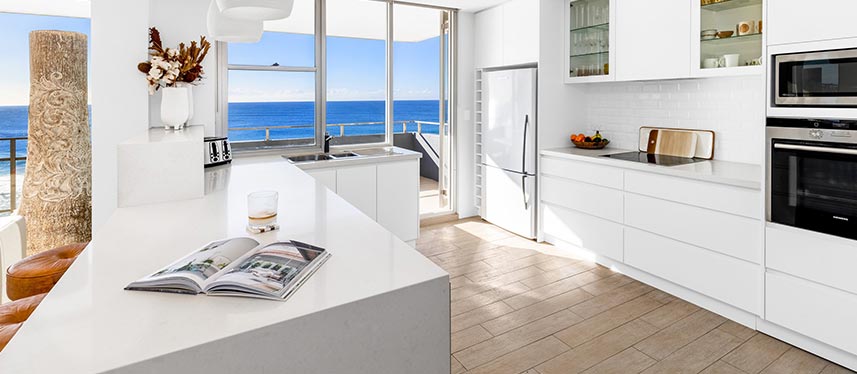
- Residential Mixed-Use (RMU): Allows integration of residential and commercial uses, supporting diverse community needs.
- Transit-Oriented Development (TOD): Encourages development near transit hubs, promoting sustainable and convenient living.
- Specific Plan areas: These areas have detailed guidelines for ADU development, ensuring cohesive planning and development.
Development standards
Single-family
- Attached: Must share a wall with the main dwelling, maintaining a cohesive structure.
- Detached: Must comply with setback and building separation requirements, ensuring adequate spacing.
Duplex properties
- Attached: Allowed within the existing structure, ensuring seamless integration.
- Detached: Must adhere to spacing and setback guidelines, preserving neighborhood character.
Multifamily properties
- Attached: Permitted within existing buildings, maintaining density regulations.
- Detached: Must follow specific guidelines to ensure compatibility with surrounding units.
Junior ADUs (JADUs)
Junior ADUs must be within the main dwelling, have a separate entrance, and include a basic kitchen, ensuring functionality and independence.
Property designations
- Flood Zones: ADUs in flood zones must comply with specific safety and construction standards to mitigate flood risks.
- Geohazard Zones: Development in geohazard zones requires additional safety measures to address potential ground stability issues.
- Historic Designation: ADUs on historically designated properties must comply with preservation guidelines, maintaining the site’s historical integrity.
- Easements: Properties with easements must ensure that ADU development does not infringe upon these rights, preserving access and utility functions.
Summary
Navigating Hayward’s ADU regulations requires a clear understanding of local rules and standards. By working with ADU Specialist Bay Area, you can ensure that your project complies with all regulations, providing a seamless and successful development process. Our expertise in navigating the intricacies of Hayward’s ADU rules ensures that your new unit will be both functional and compliant, adding value and versatility to your property.
FAQ
In Hayward, ADUs can be up to 1,200 square feet, providing ample space for comfortable living arrangements.
Yes, single-story ADUs can be up to 16 feet tall, while two-story ADUs must adhere to additional design guidelines.
The standard permitting process usually takes about 60 days, although this can vary depending on the complexity of the project.
No, ADUs in Hayward are not permitted to be used for short-term rentals but can be utilized for long-term housing or home occupations.
Hayward requires one additional parking space for each ADU, which can be provided through various on-site configurations.
Yes, ADUs must match the architectural style and exterior materials of the main dwelling to maintain neighborhood aesthetics.
ADUs must be connected to the primary dwelling’s utility systems, including water, sewer, and electricity.
ADUs must have a minimum setback of 4 feet from side and rear property lines to ensure adequate space between structures.
Yes, both attached and detached ADUs are permitted, each with specific guidelines for integration and spacing.
Common residential zones that permit ADUs in Hayward include R-1, R-2, and R-M, among others.
ADUs in flood zones must adhere to specific safety and construction standards to mitigate flood risks and ensure occupant safety.
Yes, but additional safety measures are required to address potential ground stability issues in geohazard zones.
Yes, ADUs on historically designated properties must comply with preservation guidelines to maintain the site’s historical integrity.
There must be at least 10 feet of separation between the ADU and the main dwelling to ensure adequate space and safety.
Yes, JADUs are permitted and must be within the main dwelling, have a separate entrance, and include a basic kitchen.
Open space requirements ensure that ADUs do not overtake available yard space, preserving outdoor areas for recreation and aesthetic purposes.
Fire safety regulations include requirements for smoke detectors, fire extinguishers, and, in some cases, sprinkler systems to ensure occupant safety.
ADUs must be connected to the primary dwelling’s utility systems, ensuring seamless integration and compliance with local codes.
Yes, ADUs can have separate mailing addresses, making it easier for residents to manage mail and deliveries.
Two-story ADUs must adhere to height restrictions and design guidelines to ensure compatibility with surrounding structures.
Yes, both attached and detached ADUs are permitted on duplex properties, each with specific guidelines for integration and spacing.
ADUs are not permitted on lots smaller than 7000 square feet. Larger lots have specific minimum size requirements for ADU development.
Yes, ADUs are permitted in Residential Mixed-Use (RMU) zones, supporting diverse community needs and integrated living environments.
ADUs in TOD areas must comply with guidelines that encourage development near transit hubs, promoting sustainable and convenient living.
Properties with easements must ensure that ADU development does not infringe upon these rights, preserving access and utility functions.


